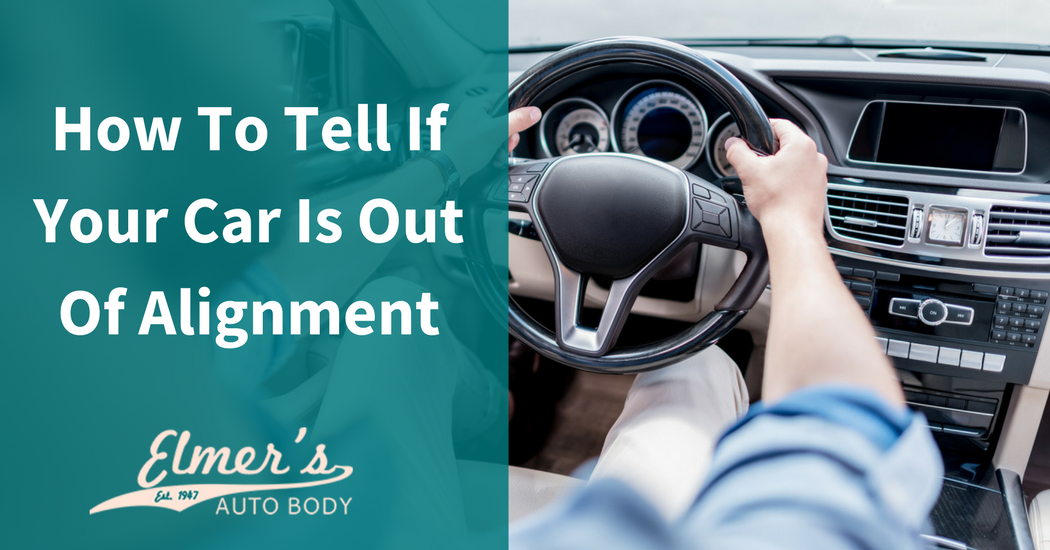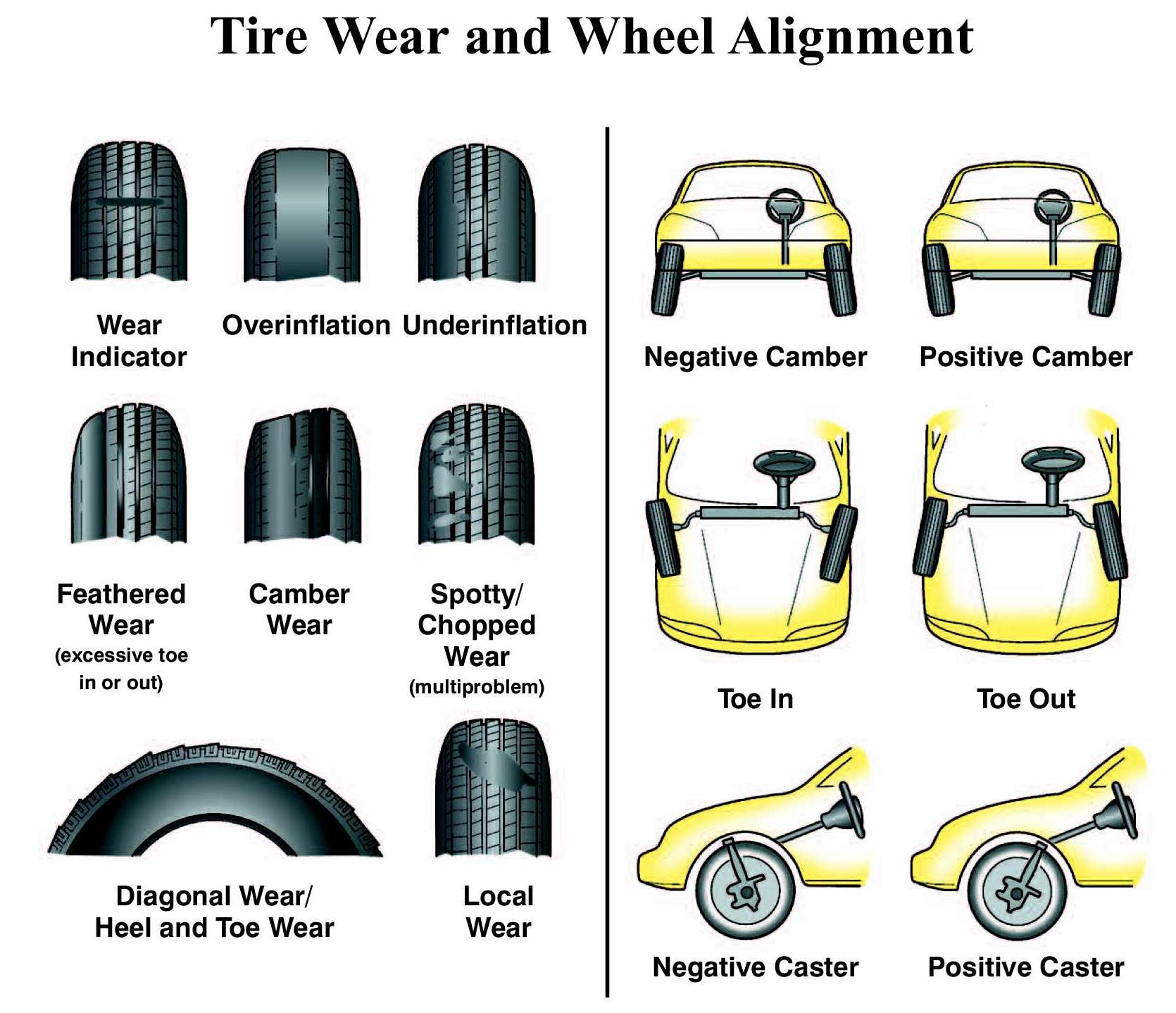How to Tell Alignment is off
If your alignment is off, your car may pull to one side or have uneven tire wear. Adjustments are necessary for proper alignment.
Ensuring your vehicle’s alignment is essential for optimal performance and safety on the road. It can affect steering, tire wear, and overall handling. By being attentive to signs of misalignment, you can address issues promptly, avoiding potential safety hazards and costly repairs.
Regularly checking your alignment can help maintain your vehicle’s efficiency and prolong its lifespan. By understanding the indicators of misalignment, you can take proactive steps to keep your vehicle operating smoothly and safely. Keep an eye out for subtle cues that could signal it’s time for an alignment check to ensure your vehicle remains in top condition.
Signs Of Alignment Issues
When it comes to your vehicle, proper alignment is crucial for safety and optimal performance. If you suspect your car may have alignment issues, it’s important to be able to recognize the signs. Here are some common signs of alignment problems to look out for:
Uneven Tire Wear
One of the telltale signs of alignment issues is uneven tire wear. When your wheels are out of alignment, they exert uneven pressure on the tires, causing them to wear unevenly. This can manifest as excessive wear on the inside or outside edges of the tires.
Vehicle Pulling To The Side
If you find that your vehicle is pulling to one side, even when you’re driving on a straight road, it could be a sign of alignment problems. Misaligned wheels can cause uneven handling, leading to your car drifting to one side. This can be both frustrating and potentially dangerous.
Steering Wheel Vibrations
Another indicator of alignment issues is experiencing vibrations in the steering wheel. When your wheels are misaligned, it can cause the steering system to vibrate as you drive. This can not only be uncomfortable but also indicates a potential problem that needs to be addressed.

Credit: elmersautobody.com
Causes Of Alignment Problems
Alignment issues in a vehicle can arise from a variety of factors. Let’s explore some common causes that can lead to misaligned wheels and steering problems.
Bumps And Potholes
Driving over irregular road surfaces such as bumps and potholes can knock your wheels out of their proper alignment position.
Worn Suspension Components
Deteriorated or worn-out suspension parts like shocks, struts, or bushings can result in misalignment over time.
Improper Installation Of Suspension Parts
Incorrect installation of suspension components can also cause alignment issues, affecting the way your vehicle steers and handles.
Effects Of Poor Alignment
When your vehicle’s alignment is off, it can lead to various detrimental effects that impact its performance and safety on the road.
Decreased Fuel Efficiency:
Poor alignment can cause your vehicle to use more fuel due to increased friction and resistance on the road.
Uneven Tire Wear:
Misaligned wheels can result in uneven tire wear patterns, shortening the lifespan of your tires.
Reduced Handling And Control:
Improper alignment can lead to reduced handling and control of your vehicle, affecting your ability to steer effectively.

Credit: meridianautocare.com
Importance Of Regular Alignment Checks
Regular alignment checks are crucial for maintaining the overall health and performance of your vehicle. Ensuring that your wheels are properly aligned can extend the lifespan of your tires, improve vehicle performance, and enhance safety. Ignoring alignment issues can lead to uneven tire wear, decreased fuel efficiency, and compromised handling. It’s essential to pay attention to these signs and prioritize regular alignment checks to prevent further damage and keep your vehicle running smoothly.
Extend Tire Lifespan
Proper wheel alignment plays a vital role in extending the lifespan of your tires. When your vehicle’s wheels are not aligned correctly, the tires can experience uneven wear, leading to premature deterioration. Regular alignment checks help distribute the weight evenly across the tires, reducing the risk of bald spots and ensuring that they wear out at a uniform rate. By keeping your wheels properly aligned, you can maximize the longevity of your tires and avoid the need for frequent replacements, saving you time and money in the long run.
Improve Vehicle Performance
Alignment issues can significantly impact your vehicle’s performance. When the wheels are out of alignment, it can lead to steering drift, vibrations, and decreased responsiveness. By maintaining proper alignment, you can optimize the handling and stability of your vehicle, resulting in a smoother and more enjoyable driving experience. Moreover, correct wheel alignment promotes even tire traction, which is essential for maintaining control and stability, especially during adverse weather conditions or emergency maneuvers.
Enhance Safety
Proper alignment is a critical factor in enhancing the safety of your vehicle. Misaligned wheels can affect the way your car handles, increasing the risk of skidding and loss of control. This can be particularly hazardous during sudden braking or when maneuvering at high speeds. Regular alignment checks ensure that your vehicle maintains optimal stability and handling, reducing the likelihood of accidents and keeping you and your passengers safe on the road.
Alignment Maintenance And Repair
Alignment Maintenance and Repair: Proper alignment is crucial for a smooth and safe driving experience. When the alignment of your vehicle is off, it can lead to various problems such as uneven tire wear, poor handling, and reduced fuel efficiency. Regular maintenance and repair of alignment are therefore essential to keep your vehicle in optimal condition. In this article, we will discuss the importance of alignment check frequency, alignment adjustment procedures, and the benefits of professional alignment services.
Alignment Check Frequency
Regularly checking the alignment of your vehicle is vital to detect any issues early on. By doing so, you can prevent further damage and avoid costly repairs down the line. It is recommended to have your alignment checked at least once a year or whenever you notice any signs of misalignment. Additionally, it is advisable to have your alignment checked after any major suspension or steering repairs.
Alignment Adjustment Procedures
Alignment adjustment is necessary when the measurements of your vehicle’s wheels deviate from the manufacturer’s specifications. This can be done by a professional mechanic using specialized equipment. The four main alignment measurements are:
- Toe: The inward or outward tilt of the wheels when viewed from above.
- Camber: The angle at which the wheels tilt inward or outward when viewed from the front.
- Caster: The angle between the steering axis and a vertical line when viewed from the side.
- Thrust angle: The angle formed by the rear axle’s centerline and a line perpendicular to the vehicle’s centerline.
During the alignment adjustment process, the mechanic will make the necessary adjustments to these measurements to ensure that they align with the manufacturer’s specifications. This will help restore the proper alignment of your vehicle, leading to improved handling, tire wear, and fuel efficiency.
Professional Alignment Services
While some basic alignment adjustments can be done at home, it is highly recommended to seek professional alignment services for accurate results. Professional mechanics have the knowledge, experience, and specialized tools to perform precise alignments. They can identify and address any underlying issues that may be causing misalignment, such as worn suspension components or damaged steering parts.
By opting for professional alignment services, you can have peace of mind knowing that your vehicle is in the hands of experts who will take care of all alignment-related matters. Additionally, professional alignment services often come with warranties, further assuring the quality of the work performed.
Regular alignment maintenance and repair are essential for the overall health and performance of your vehicle. By adhering to the recommended alignment check frequency, following proper alignment adjustment procedures, and seeking professional alignment services, you can ensure a smooth and safe driving experience for yourself and your passengers.

Credit: sierracarcare.wordpress.com
Frequently Asked Questions On How To Tell Alignment Is Off
What Does It Feel Like When Your Alignment Is Off?
When your alignment is off, it can feel uncomfortable or painful. You may experience aches, stiffness, or soreness in your joints or muscles. It can also affect your posture, balance, and movement, making you feel off-balance or unsteady.
How Do I Check My Alignment?
To check your alignment, park your car on a level surface, and ensure the steering wheel is straight. Inspect the tires for uneven wear and look for signs of vehicle pulling to one side. If you notice these issues, it may be time to schedule an alignment check with a professional mechanic.
How Do I Know If My Car Needs Alignment?
You may need an alignment if your car veers to one side, steering wheel is off center, or tires wear unevenly.
How Do You Tell If Your Tires Are Out Of Alignment?
Signs of tire misalignment include uneven tread wear, steering pulling to one side, and vibrations. . observe these issues and have a professional inspection.
How Can I Tell If My Alignment Is Off?
If your vehicle pulls to one side, has uneven tire wear, or the steering wheel vibrates, these are signs of alignment issues.
What Causes Alignment Problems?
Alignment problems can be caused by hitting potholes, curbs, or debris on the road, as well as worn suspension components.
Can Alignment Issues Affect Fuel Efficiency?
Yes, misalignment can cause increased rolling resistance, resulting in lower fuel efficiency and higher fuel consumption.
Conclusion
Identifying misalignment is crucial for preventing larger issues. Simple tests like checking tire wear and steering wheel vibrations can signal alignment problems. Addressing these issues promptly can improve the safety and performance of your vehicle. Regular maintenance and alignment checks are essential for a smooth and safe driving experience.
